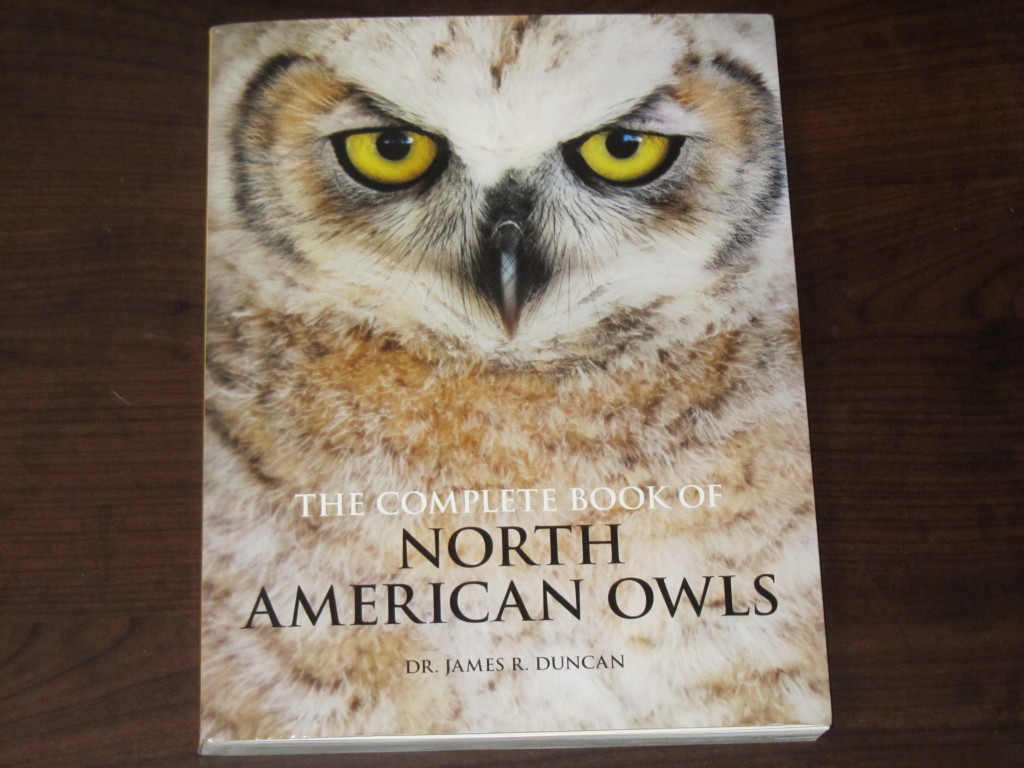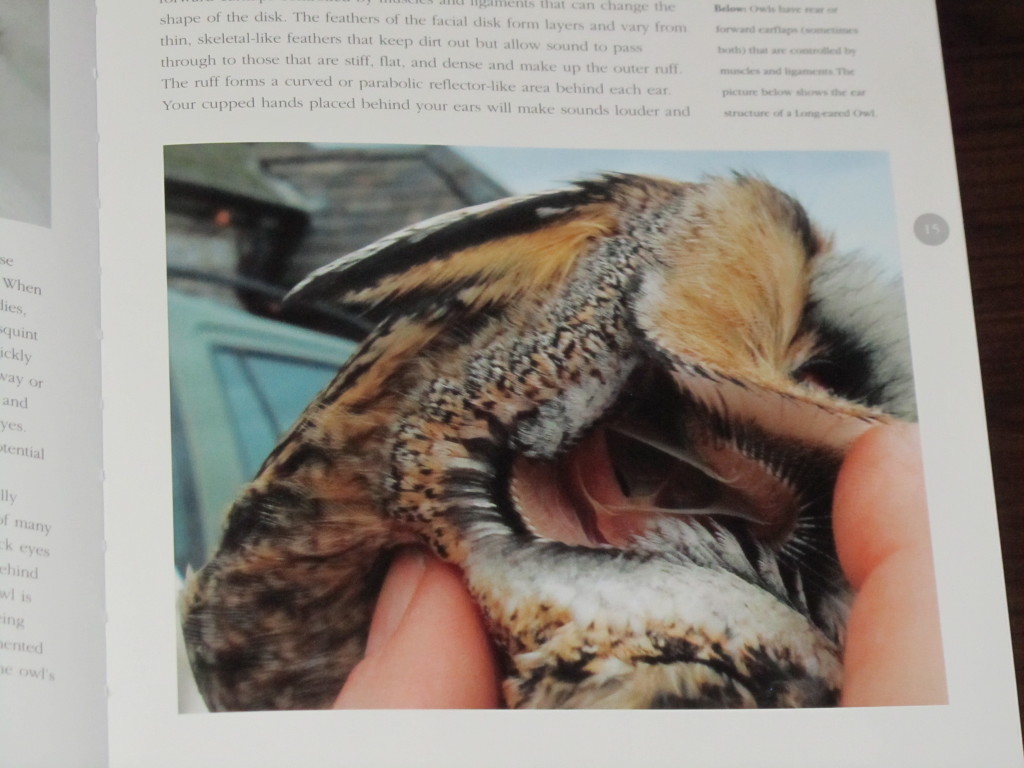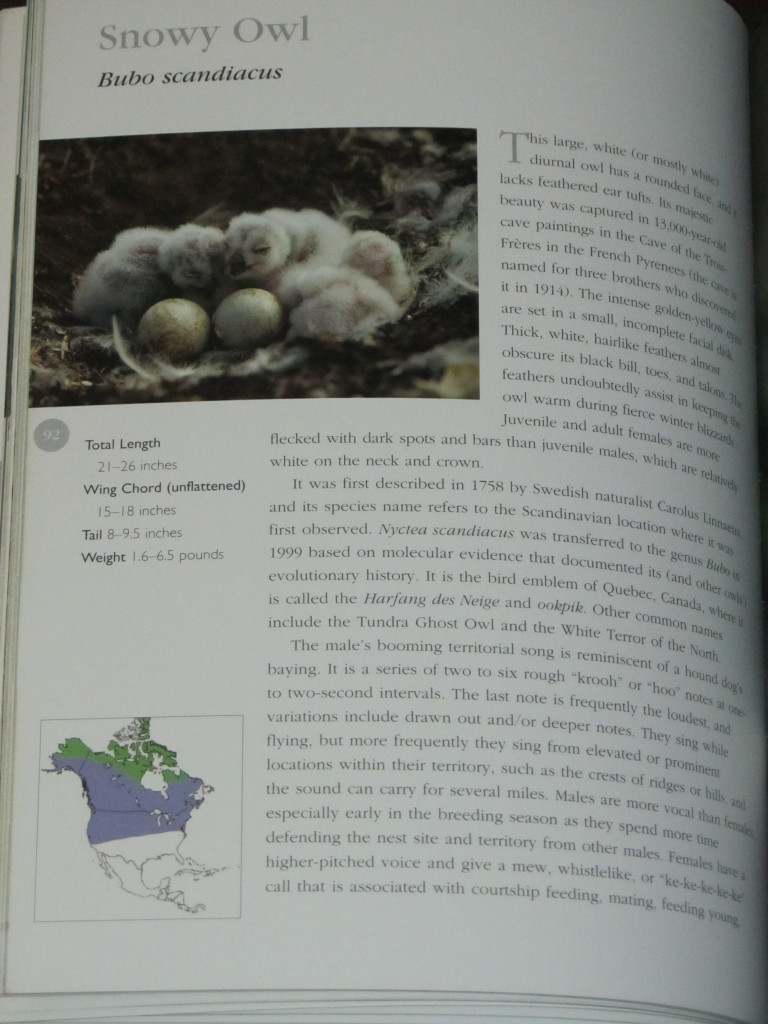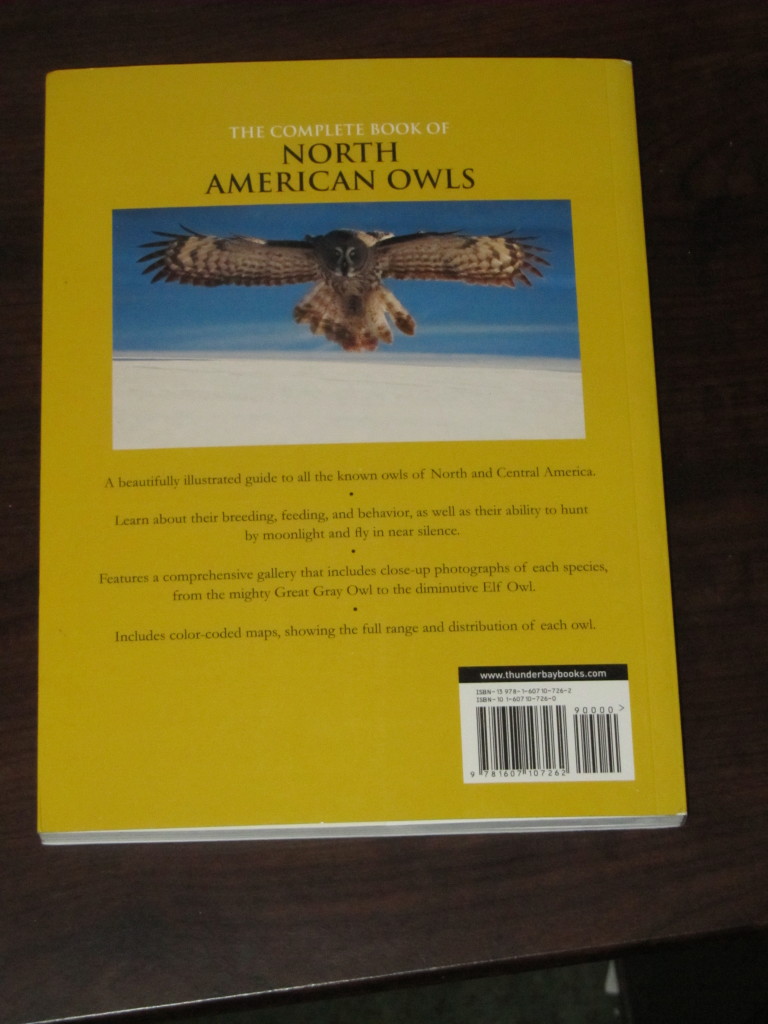Posted by Bob Lefebvre. All photos by George Best.
Last Sunday morning, July 26, 2015, local birder and photographer George Best went down to Griffith Woods Park in SW Calgary to see what he could find. He had headed out in the morning to go to the Weaselhead, but was unable to park there due to a triathlon.
At Griffith Woods George was not looking for any particular bird species, and was not doing a long walk through the park. He decided to do something that often is very rewarding in terms of birds found and opportunities to photograph wildlife – he just went to a good birdy location, and more or less stayed put and let the birds come to him.
He chose a wooded area near the Elbow River, south of the big pond at the east end of the park. He spent about twenty minutes there, and was able to get a few photographs of a Swainson’s Thrush and a chipmunk. Then he moved to a new location nearby, where he knew Yellow Warblers could be found. After twenty minutes there, this bird appeared:

When he finally got a good look at the whole bird with binoculars, George realized that it was a species he had never seen before (and he knows the local birds very well). The bird just sat and preened for about three to five minutes. George put the long lens on his camera and snapped the photos shown here.



Eventually the bird left, probably flying across the river. George looked through his Ibird Pro app and realized he had seen a Golden-winged Warbler. But a look at the range map showed that it was a bird of eastern North America, whose normal range extends to Manitoba, but no farther west. After sending a few texts to some other local birders with a photo of the bird, it was soon confirmed that it did appear to be a Golden-winged.
George did a search on the eBird site and discovered that this species had never before been reported on eBird in Alberta. I looked on the Royal Alberta Museum site for the Official List of the Birds of Alberta. This is a list of all species for which there is at least one sighting that has been accepted and verified by a panel of experts. Golden-winged Warbler is listed as Accidental, with a “Need to Document” code that indicated that there had been less than eight verified sightings in Alberta. This meant that this new sighting needed to be properly documented (the form can be downloaded from the Museum site) and the photographic evidence supplied as well.
In corresponding with Jocelyn Hudon, chair of the Alberta Bird Record Committee, I found out that there had only been two previous reports of this species in Alberta, in 1985 from Medicine Hat, and in 1994 from the Porcupine Hills. Neither of those sightings had photographic evidence. George’s was a very special sighting indeed!



If the sighting is accepted by the ABRC, it will be only the third ever for Alberta, and the first supported by photographic evidence. The museum site gives this bird a “Findability Index” of 5, which means:
“These species have been seen in the province on fewer than 10 occasions and some may never be seen in the province again. These birds are finds of a lifetime and the probability of finding these in the province is extremely low to next to nil.”
Imagine going out to see what birds come to you, and having the “find of a lifetime!”



Although word of the sighting got out very quickly, no one has yet been able to re-find this bird. I guess we’ll have to get out and try to find our own rarities.


































